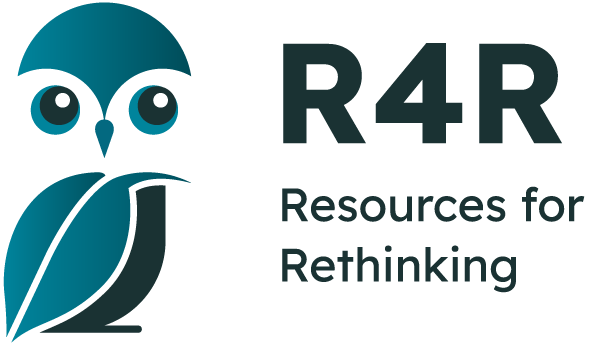- Home
- Tutorial
- Resource Guides
- Focus Areas
- LSF Programs
-
Professional
Development - Review Process
-
A project of LSF

Search for Resources
Description
The resource aims to introduce students to the concept of reconciliation. It explores the purpose and findings of the Truth and Reconciliation Commission while highlighting the impact of residential schools in Canada through personal stories. This approach not only informs students but also fosters empathy and promotes a deeper understanding of the historical context and its ongoing effects. This resource is divided into two parts What is Reconciliation? and Where are the Children?
Students will:
- learn about the Truth and Reconciliation Commission and Canada’s residential school system
- learn about the Calls to Action from the TRC
- watch a residential school survivor’s story from “Where are the Children?”
- create an art piece for Project of Heart to commemorate a child who died in residential school or to honour a survivor. The piece can be digital or physical.
- Upload a picture of their tile online to create a mosaic of reconciliation
The resource provides guidelines for engaging in meaningful and respectful Reconciliation Conversations, slides to accompany Reconciliation Conversations, discussion questions, and a webinar to assist educators.
General Assessment
Recommendation of how and where to use it
Addressing reconciliation with students involves fostering empathy, promoting understanding of Indigenous history and experiences, and encouraging students to become active participants in reconciliation efforts. This can be achieved through various activities, including learning about the history of residential schools, listening to Indigenous voices and stories, and engaging in discussions about the 94 Calls to Action.
To enhance the learning, students can learn about the Indigenous peoples who traditionally lived in the area where the school is located. Teachers can arrange for Indigenous speakers, Elders, and Knowledge Keepers to share their perspectives and stories with students. Encourage students to participate in events like National Indigenous Peoples Day, Orange Shirt Day, and National Truth and Reconciliation Day.
Relevant Curriculum Units
The following tool will allow you to explore the relevant curriculum matches for this resource. To start, select a province listed below.
- Step 1Select a province
- Alberta
- Step 2Select a grade level
- Grade 7
- Step 3Select a subject
- Social Studies
- Step 4Relevant matches
- Canada: Origins, Histories and Movement of Peoples: Following Confederation: Canadian Expansions
- Grade 10
- Step 3Select a subject
- Indigenous Studies
- Step 4Relevant matches
- Aboriginal Studies 10: Political and Economic Organization
- Social Studies
- Step 4Relevant matches
- Social Studies 10-1(Perspectives on Globalization) Legacy of Historical Globalization
- British Columbia
- Step 2Select a grade level
- Grade 9
- Step 3Select a subject
- Social Studies
- Step 4Relevant matches
- 1750 to 1919: Disparities in power alter the balance of relationships between individuals and between societies.
- Grade 10
- Step 3Select a subject
- Social Studies
- Step 4Relevant matches
- Social Studies 10 -Canada and the World: 1914 to the Present: Historical and contemporary injustices challenge the narrative and identity of Canada as an inclusive, multicultural society
- Manitoba
- Step 2Select a grade level
- Grade 7
- Step 3Select a subject
- Indigenous Languages and Cultures
- Step 4Relevant matches
- Cultural and Linguistic Diversity: Cultural Diversity
- Grade 8
- Step 3Select a subject
- Indigenous Languages and Cultures
- Step 4Relevant matches
- Cultural and Linguistic Diversity: Cultural Diversity
- Grade 9
- Step 3Select a subject
- Indigenous Languages and Cultures
- Step 4Relevant matches
- Cultural and Linguistic Diversity: Cultural Diversity
- Social Studies
- Step 4Relevant matches
- Canada in the Contempoary World: Democracy and Governance in Canada
- Canada in the Contemporary World: Opportunities and Challenges
- Grade 10
- Step 3Select a subject
- Indigenous Languages and Cultures
- Step 4Relevant matches
- Cultural and Linguistic Diversity: Cultural Diversity
- New Brunswick
- Step 2Select a grade level
- Grade 7
- Step 3Select a subject
- Social Studies
- Step 4Relevant matches
- Cultures
- Empowerment: Civics
- Atlantic Canada and the World:
- Grade 8
- Step 3Select a subject
- Social Studies
- Step 4Relevant matches
- Cultures
- Empowerment: History
- Atlantic Canada and the World:
- Grade 9
- Step 3Select a subject
- Social Studies
- Step 4Relevant matches
- Canadian Identities: Civics
- Newfoundland & Labrador
- Step 2Select a grade level
- Grade 7
- Step 3Select a subject
- Social Studies
- Step 4Relevant matches
- Cultural Empowerment
- Grade 8
- Step 3Select a subject
- Social Studies
- Step 4Relevant matches
- Newfoundland & Labrador History: History as a Story of the Past in the Present
- Grade 9
- Step 3Select a subject
- Social Studies
- Step 4Relevant matches
- Canadian Identity: Canada’s Changing Identity : Creating a Preferred Future
- Northwest Territories
- Step 2Select a grade level
- Grade 9
- Step 3Select a subject
- Social Studies
- Step 4Relevant matches
- 1750 to 1921: Disparities in power alter the balance of relationships between individuals and between societies.
- Grade 10
- Step 3Select a subject
- Social Studies
- Step 4Relevant matches
- Module 2: Residential Schools
- Northern Studies
- Social Studies 10 -Canada and the World: 1914 to the Present: Historical and contemporary injustices challenge the narrative and identity of Canada as an inclusive, multicultural society
- Nova Scotia
- Step 2Select a grade level
- Grade 7
- Step 3Select a subject
- Social Studies
- Step 4Relevant matches
- Social Studies 7 - Many Cultures: One Shared History: Government Policies and the Mi'kma'ki
- Grade 8
- Step 3Select a subject
- Social Studies
- Step 4Relevant matches
- Social Studies 8 - A Changing Canadian Society: Indigenous Experience
- Nunavut
- Step 2Select a grade level
- Grade 8
- Step 3Select a subject
- Social Studies
- Step 4Relevant matches
- The Changing World: Modern Societies
- Ontario
- Step 2Select a grade level
- Grade 10
- Step 3Select a subject
- Indigenous Studies
- Step 4Relevant matches
- First Nations, Métis, and Inuit in Canada (Open): 1876 - 1969: Assimilation, Encroachment, and Life in the Industrial Age
- First Nations, Métis, and Inuit in Canada (Open): 1969 to the Present, Resilience, Determination, and Reconciliation
- Prince Edward Island
- Step 2Select a grade level
- Grade 7
- Step 3Select a subject
- Social Studies
- Step 4Relevant matches
- Canadian Studies: Canadian Identities
- Grade 8
- Step 3Select a subject
- Social Studies
- Step 4Relevant matches
- Canada in the 20th Century: Citizenship, Power & Governance
- Canada in the 20th Century: Historical Thinking
- Canadian Studies
- Canadian Studies
- Grade 9
- Step 3Select a subject
- Social Studies
- Step 4Relevant matches
- Interdependence: Atlantic Canada in the Global Community: Human Rights in the Global Community
- Grade 10
- Step 3Select a subject
- Social Studies
- Step 4Relevant matches
- Canadian Studies 401A: Canada as a Democracy
- Saskatchewan
- Step 2Select a grade level
- Grade 8
- Step 3Select a subject
- Social Studies
- Step 4Relevant matches
- The Individual in Canadian Society: Dynamic Relationships
- Grade 10
- Step 3Select a subject
- Indigenous Studies
- Step 4Relevant matches
- Native Studies 10: Identity and Worldviews, Aboriginal Perspectives
- Yukon Territory
- Step 2Select a grade level
- Grade 9
- Step 3Select a subject
- Social Studies
- Step 4Relevant matches
- 1750 to 1919: Disparities in power alter the balance of relationships between individuals and between societies.
- Grade 10
- Step 3Select a subject
- Social Studies
- Step 4Relevant matches
- Social Studies 10 -Canada and the World: 1914 to the Present: Historical and contemporary injustices challenge the narrative and identity of Canada as an inclusive, multicultural society
Themes Addressed
Human Rights (2)
- Cultural Diversity
- Social Justice

